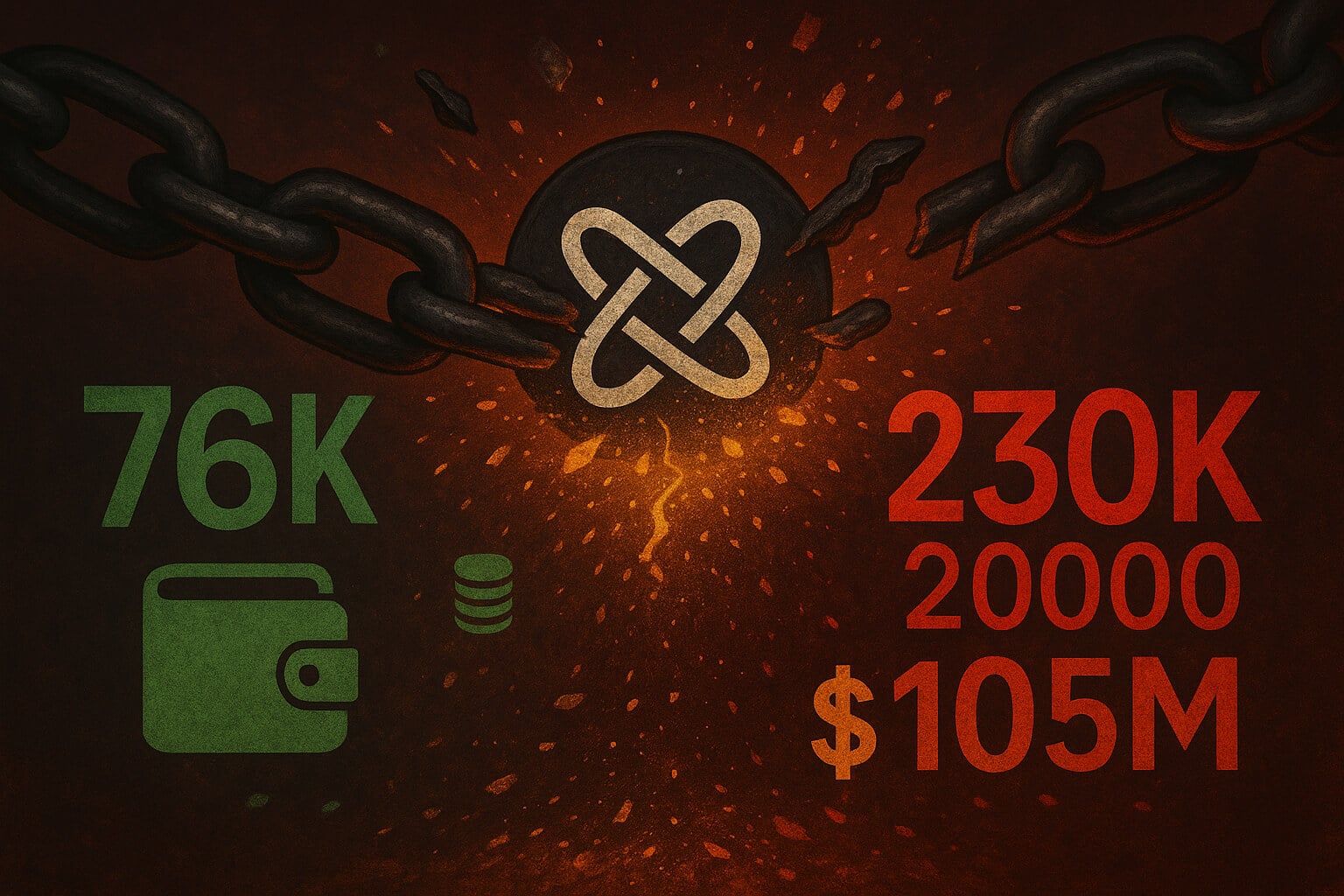1. Why Bitcoin Mining Consumes So Much Energy
Bitcoin mining has been a topic of heated debate, particularly regarding its energy consumption and environmental impact. As the first and most popular cryptocurrency, Bitcoin relies on a proof-of-work (PoW) consensus mechanism to secure its network and validate transactions. This process requires substantial computational power, leading to significant energy consumption. With Bitcoin’s growing adoption and the increasing complexity of mining, the amount of energy consumed by the network continues to rise. This article explores the energy consumption of Bitcoin mining in 2024, the environmental concerns associated with it, and potential solutions for reducing its carbon footprint.
2. How Bitcoin Mining Works: The Basics of Proof-of-Work
The Mining Process
Bitcoin mining involves solving complex mathematical puzzles that require significant computational power. Miners compete to solve these puzzles, and the first to do so is rewarded with newly minted Bitcoins. This process, known as proof-of-work (PoW), is designed to ensure the security and integrity of the Bitcoin network. However, the energy required to perform these calculations is immense, contributing to the overall energy consumption of the network.
Why Energy Is Essential
The energy consumed in Bitcoin mining directly correlates to the security of the network. The more computational power (or hash rate) dedicated to mining, the more secure the network becomes. This security comes at a cost, as the hardware used by miners requires a substantial amount of electricity to operate efficiently.
Difficulty Adjustment
Bitcoin’s network automatically adjusts the difficulty of the mining puzzles every 2,016 blocks (approximately every two weeks) to ensure that blocks are mined roughly every 10 minutes. As more miners join the network and add computational power, the difficulty increases, leading to even greater energy consumption.

3. The Scale of Bitcoin’s Energy Consumption
Current Energy Usage
As of 2024, the Bitcoin network is estimated to consume around 100 to 150 terawatt-hours (TWh) of electricity annually. To put this into perspective, this amount is comparable to the annual energy consumption of some small countries. The energy consumption of Bitcoin mining has been steadily increasing over the years due to the growing number of miners and the rising difficulty of mining.
Comparisons with Other Industries
While the energy consumption of Bitcoin is significant, it’s essential to compare it with other industries. For instance, the global banking system is estimated to consume over 200 TWh per year, while gold mining consumes around 240 TWh annually. These comparisons highlight that while Bitcoin mining is energy-intensive, it is not unique in its high energy usage.
Geographical Concentration of Mining
A significant portion of Bitcoin mining occurs in regions with access to cheap electricity, such as China (historically), the United States, and Kazakhstan. However, this concentration also raises concerns about the environmental impact, especially in regions where electricity is generated from non-renewable sources like coal.
4. The Environmental Impact of Bitcoin Mining
Carbon Emissions
One of the primary environmental concerns associated with Bitcoin mining is its carbon footprint. The energy consumed by Bitcoin mining, particularly in regions that rely on fossil fuels, results in significant carbon dioxide (CO2) emissions. According to some estimates, Bitcoin’s annual carbon footprint is comparable to that of entire countries, such as Argentina or the Netherlands.
Electronic Waste
In addition to energy consumption, Bitcoin mining also contributes to electronic waste. Mining hardware, particularly application-specific integrated circuits (ASICs), has a limited lifespan. As miners continuously upgrade to more efficient equipment, older machines are often discarded, contributing to the growing problem of electronic waste.
Water Usage
In some cases, Bitcoin mining operations located in areas with hydroelectric power can impact local water resources. While hydroelectric power is renewable, excessive water usage for mining can strain local ecosystems, particularly during dry seasons.
Special Offer
For an enhanced trading experience, consider Bybit. Sign up through our referral link to unlock exclusive rewards, including up to $30,000 in deposit bonuses, and elevate your trading journey.
5. Potential Solutions for Sustainable Bitcoin Mining
Renewable Energy Sources
One of the most promising solutions for reducing the environmental impact of Bitcoin mining is the increased use of renewable energy sources. Solar, wind, and hydroelectric power can significantly reduce the carbon footprint of mining operations. In recent years, there has been a growing trend toward using renewable energy in Bitcoin mining, particularly in regions with abundant natural resources.
Energy-Efficient Hardware
Another approach to reducing energy consumption is the development of more energy-efficient mining hardware. Advances in ASIC technology have led to machines that can perform more computations per watt of electricity, improving the overall energy efficiency of the network.
Carbon Offsetting
Some Bitcoin mining operations have begun to explore carbon offsetting as a way to mitigate their environmental impact. By investing in carbon offset projects, such as reforestation or renewable energy initiatives, miners can compensate for the CO2 emissions generated by their operations.
Stranded and Wasted Energy
Bitcoin mining can also be powered by stranded or wasted energy sources that would otherwise go unused. For example, natural gas flaring in oil fields produces significant amounts of energy that are typically wasted. Some mining operations have begun to harness this energy to power their operations, turning an environmental problem into a productive use of resources.
Regulatory Measures
Governments and regulatory bodies are increasingly paying attention to the energy consumption of Bitcoin mining. In some regions, regulations have been implemented to encourage the use of renewable energy or to limit the environmental impact of mining operations. These measures, while still evolving, could play a crucial role in shaping the future of Bitcoin mining.
6. Conclusion
Balancing Security and Sustainability: The Future of Bitcoin Mining
The energy consumption of Bitcoin mining remains a critical issue as the cryptocurrency continues to grow in popularity and usage. While the security and integrity of the Bitcoin network depend on its energy-intensive proof-of-work mechanism, the environmental impact cannot be ignored. Fortunately, several promising solutions are on the horizon, including the use of renewable energy, energy-efficient hardware, and innovative approaches to reducing carbon emissions. As the industry evolves, finding a balance between maintaining network security and minimizing environmental impact will be essential for the sustainable growth of Bitcoin and other cryptocurrencies.
Stay Updated
For the latest insights on Bitcoin mining and other blockchain technologies, follow us on:
Stay informed with the latest strategies and developments in the cryptocurrency space at FreeCoins24.io.

















